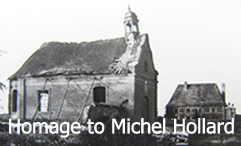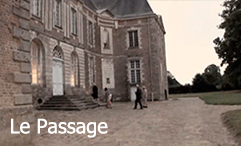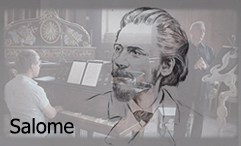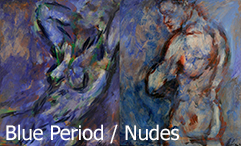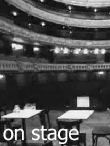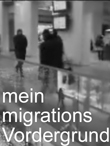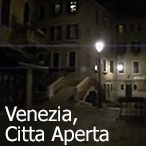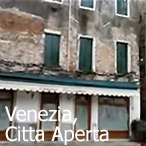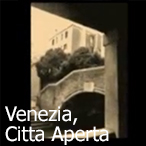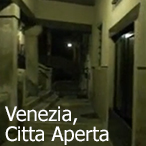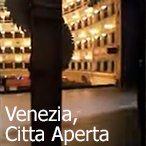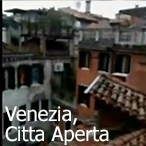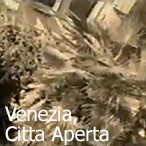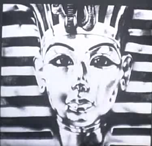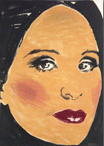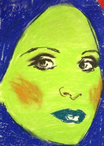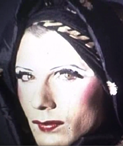|
Since the time of my art studies, the question of movement has often occupied my mind. The threshold where statics cross over into motion is like the wakening of life, the reverse process is a parabel of death. Whatever the chosen visual theme, only through strict formal reduction and simplification of the artistic means used can this crucial moment be made visible. In the area of film, these developments have already been fully understood and shown by the inventors of moving photography in the late 19th Century: Leon Bouly, Georges Melies [1], Eadweard Muybridge [2] and the brothers Auguste Louis & Nicholas Lumiere (whose wonderful real last name means "Light") [3].
|
|
Seit meiner Studienzeit beschaeftigt mich die Frage der Bewegung. Die Schwelle vom Statischen in die Bewegtheit ist fuer mich wie ein Erwecken zum Leben, der umgekehrte Prozess eine Parabel vom Tod. Welches visuelle Thema auch immer gewaehlt wird, nur durch eine strenge formalen Reduktion und Einfachheit der angewendeten kuenstlerischen Mittel kann dieser Moment sichtbar gemacht werden. Im filmischen Bereich sind diese Ablaeufe schon von Leon Bouly, Georges Melies [1], Eadweard Muybridge [2] und den Bruedern Auguste Louis & Nicholas Lumiere (deren wundervoller wirklicher Name "Licht" bedeutet) [3] zur Zeit der Entdeckung der bewegten Fotografie im spaeten 19. Jahrhundert voll erfasst worden.
|


